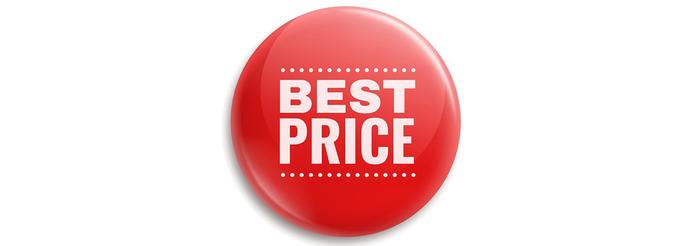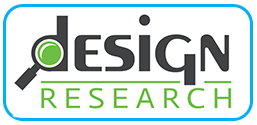"Assortment Styler is the only research tool that could provide us with a systematic and quantified overview of the trends within home design, with the detail necessary to provide insights beyond color and general style. It has been an invaluable tool for better streamlining our resources in product development to ensure the best possible fit into overall home décor trend direction.”

What is the optimum price that maximizes both consumer willingness to pay and profitability?
Our recent blog post on the impact of tariffs was our most read blog post ever. No wonder, considering both the importance and the timeliness of the topic. In that post we referred to our various tools to identify the best possible price. Now, more than ever, that would seem to be of great importance to marketers.
The optimum price combines two perspectives: one you know, the other you don’t. The one you know, of course, is your own point of maximum profit. Your finance people probably have lots of ways of identifying that point. For our purposes we’ll assume that you can identify the price at which your profit is maximized. We’ll use a range of prices that bracket this point as input to our research.
We usually test products, designs or concepts in an online format. (We also do in-home tests and mall intercepts if products need to be used in order to evaluate them.) With concepts we present the idea, usually with supportive imagery. With products, we use the real products or we present photos of the products, usually with the ability to enlarge to see greater detail. We capture the appeal of the product first. Then we go into reaction to the product with price included. We want to know the difference between the appeal of the product and willingness to purchase given the price.
But we don’t stop there. Price is a difficult topic to address, especially when the respondent is not making a real purchase decision. We take them through and capture their thought process on price, which is not likely to be different from a real purchase decision process because we tend to think and make decisions consistently. (Put another way, if I’m always likely to go with the lowest possible price regardless of features, I’m very likely to reflect that in my survey responses. Likewise, if I always select all the features and the highest possible quality, I’m likely to reflect that in my survey responses.)
We rely on this consistency of thinking in decision-making to arrive at the optimal price. By asking not just “would you buy it?”, but also asking at what point is it too expensive and at what point would you think the price suggests it’s too cheap, plus a number of other related questions, we are able to capitalize on the logic behind consumer purchase decisions. The fact that we do this research quantitatively – with hundreds of consumers – ensures that we are able to capture, combine and average all the different purchase decision mechanisms consumers employ while incorporating actual dollar prices to the products, designs or concepts in question.
We would very much appreciate the opportunity to help you to optimize your sales and profits. Please contact us today to start that process: Rick@Designres.com.



